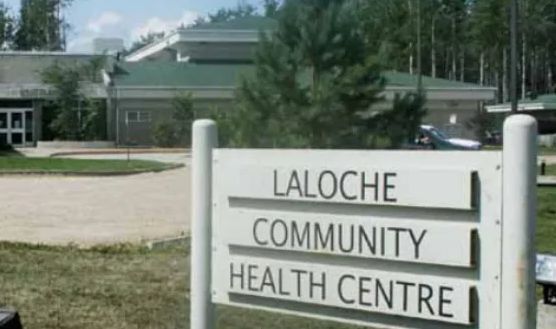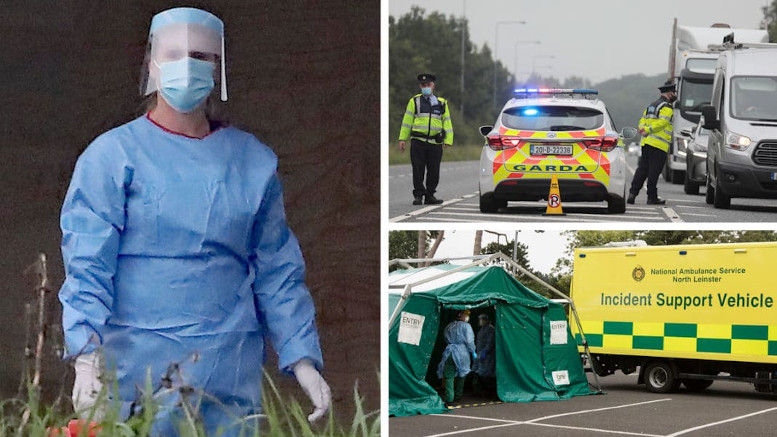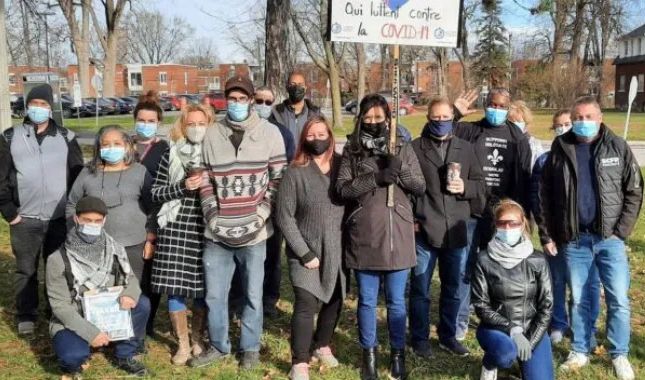Whether we like it or not, whether it’s safe or not, and whether we’re comfortable with it or not, Canada is beginning to reopen. After roughly two months of comprehensive social and economic shutdown, the provinces are loosening restrictions despite widely varying COVID-19 circumstances. Québec is reopening, including sending children back to school on May 11, despite having over 5,000 new cases the week before these initial steps, and over 25,000 active cases. These numbers definitely do not scream “stable public health.” On the other hand, Saskatchewan has just 199 active cases in the whole province, as of May 11.
While these numbers make it far easier to rationalize reopening the province, a geographical breakdown tells a different story. Greater Regina has just one active case. Greater Saskatoon has 13. However, the North and Far North regions, have 33 and 151 active cases respectively. Proportionally, this represents 31% and 77% of total COVID-19 cases, an indicator that the pandemic is still in full swing in these remote communities, with the vast majority of new cases coming from them.
The vast majority of Canadians live in large and medium sized cities close to the southern border – only one million people live more than 600 kilometres north of it. A few million Canadians are scattered across a vast area in small towns and villages. These communities often have severely limited facilities. The public health needs of these small and remote communities, some not even accessible by road, can quickly become much more fragile in the face of such a contagious and deadly pandemic.
Nunavut does not have any Intensive Care Unit (ICU) beds, for its population of just under 39,000 although it has 12 ventilators. There is just a single hospital serving the Yukon’s population of a similar size. COVID-19 has spread the fear of an overwhelmed public health system, where the number of people who need ICU beds dwarfs the supply. For many of Canada’s northern communities, this is the situation they already live with every day.
While the number of cases and deaths may not be eye-popping in absolute terms, the infection percentages clearly show the north’s dire situation. Saskatchewan’s Far North region, with a population of roughly 30,000, has had 197 COVID-19 infections. That’s an infection rate of 0.66%. Applying this rate to the entire country would result in almost 245,000 cases. As of May 11, Canada has about 70,000 cases. The infection rate in Far North Saskatchewan is about 3.5 times that of the rest of the country. As infection by the virus can rapidly explode through exponential growth, this is a potential nightmare for communities without the necessary health infrastructure.
At the centre of Far North Saskatchewan’s ongoing COVID-19 outbreak is the village of La Loche, six hours north of Saskatoon, with a population under 3,000. La Loche is a community of primarily Indigenous residents – 99% of the population speaks Dene. La Loche has 120 COVID-19 cases, with an infection rate of 4% – more than 18 times the overall national infection rate. This includes two deaths so far, but with no ICU beds, La Loche could quickly enter the COVID death spiral seen in places like New York and Italy. The current outbreak was kickstarted by a positive case identified on April 15. The infected person was an oil sands worker returning from Alberta, which brings in another burgeoning trend in this phase of the pandemic: workplace outbreaks.
Most prominent have been the Cargill meat-processing outbreaks in both Alberta and Québec, but other large-scale workplace outbreaks are becoming commonplace. In many small or northern communities, just one or two large employers is much more typical than urban centres. Physical distancing is extremely difficult, and often employers are unwilling to act to ensure it, in these workplaces. The proportion of the community employed in them further worsens the dangers.
COVID-19 began in larger cities, before spreading to smaller towns and rural areas, but as the cities reopen, governments should not forget about the exceedingly precarious position of these communities. With cut or non-existent health care capacity and large, often crowded, workplaces, a small outbreak in these communities can quickly turn deadly and devastating. The workers and inhabitants of all Canadian communities, not just the cities and towns, need protection from COVID-19.




